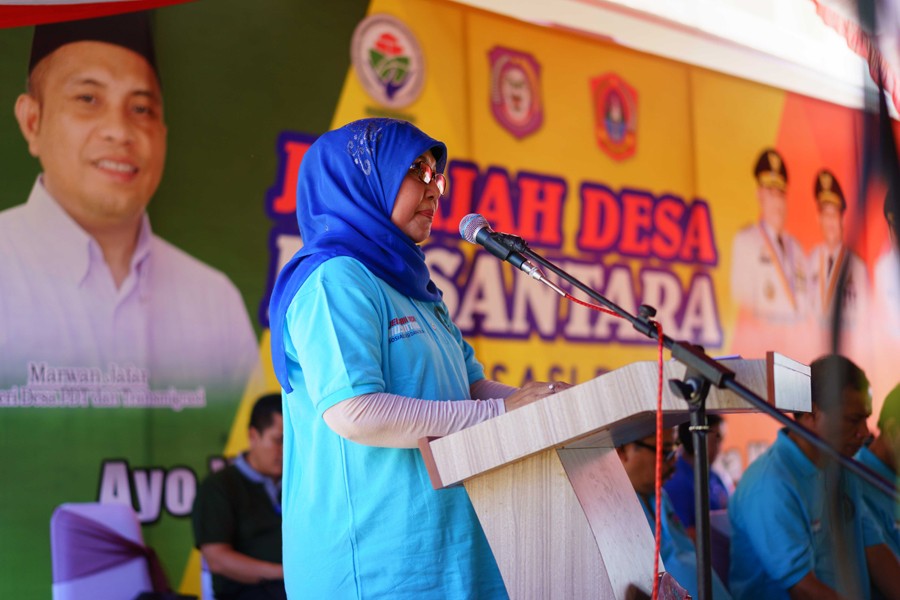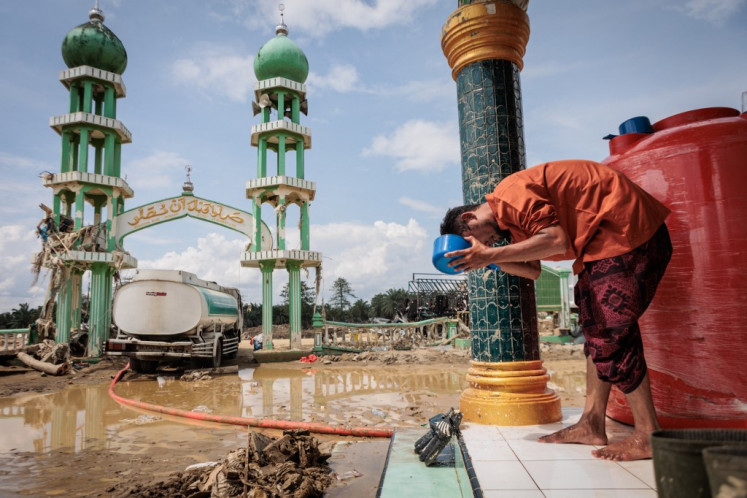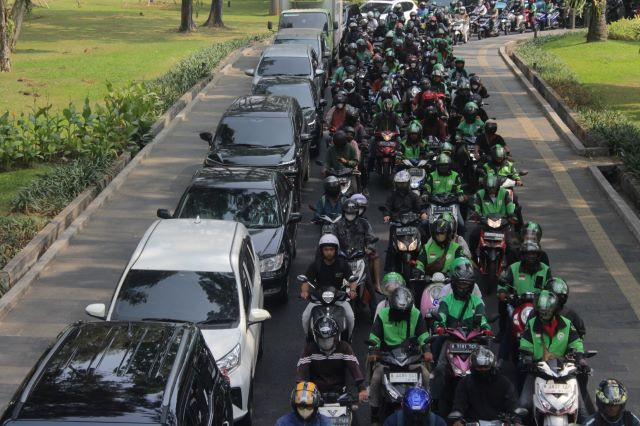Popular Reads
Top Results
Can't find what you're looking for?
View all search resultsPopular Reads
Top Results
Can't find what you're looking for?
View all search resultsGovt should replicate S. Korea’s village movement: Economist
Change text size
Gift Premium Articles
to Anyone
T
he government should duplicate South Korea’s village modernization movement, Saemaul Undong, in its ongoing dana desa (village funds) program to accelerate manufacturing development in the country, an economist has said.
"The program successfully developed Korean villages to support industrial growth; it is a good example for our government to apply through our village funds program," Institute for Development of Economics and Finance (Indef) economist Bhima Yudhistira Adhinegara told The Jakarta Post in Jakarta on Thursday.
In their early phases, Saemaul Undong and dana desa were similar, improving sanitation and building infrastructure in villages. However, in its second phase, he said, Saemaul Undong focused on agriculture such as modernizing farms, cattle breeding and building greenhouses.
In the third phase, Bhima continued, the Korean government built factories in villages. The factories converted raw materials into intermediate goods, before delivery to bigger manufacturers in cities.
"Each village has its intermediate goods and they create a good network. So when big manufacturers, like Samsung, want to build a product, they can easily absorb the intermediate materials from the villages. It is like a national supply chain," he said.
The South Korean government applied the program in 1970 to 33,267 villages, successfully improving income distribution between rural and urban areas. (ags)










